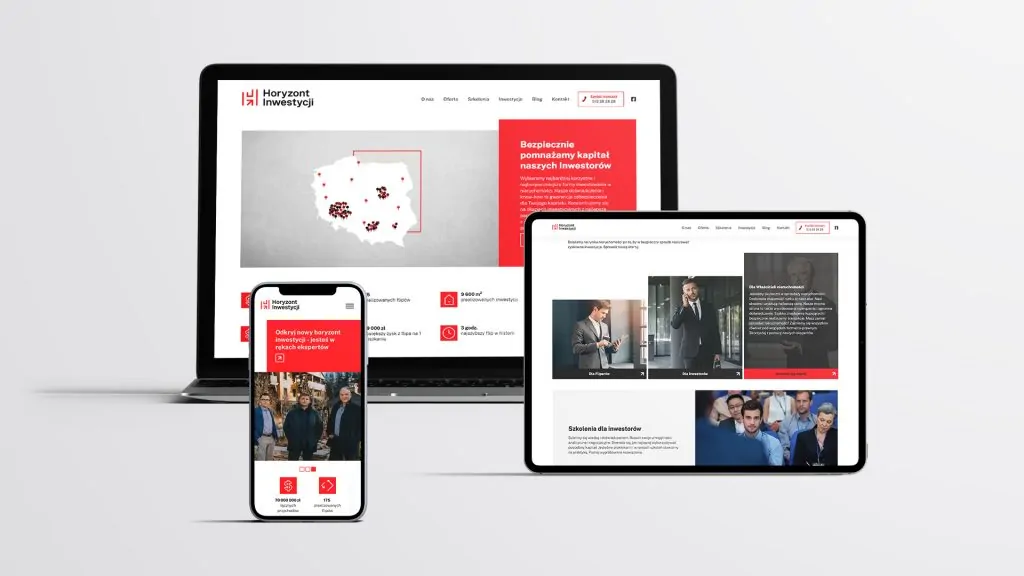Customer reviews have gained unprecedented power to influence the image and success of businesses. Research conducted by BrightLocal indicates that as many as 87% consumers read reviews of local businesses before making a purchasing decision. Positive reviews provide confirmation of the quality of the products or services offered, as well as building trust and effectively attracting new customers. Skilful use of this potential can make a significant difference to business growth, creating an organic and credible form of advertising.
Why positive customer feedback is very important
Positive customer reviews lay the groundwork for building trust and brand reputation. However, their importance goes far beyond a simple recommendation - they become a kind of social proof, influencing the purchasing decisions of potential customers.
A study by the Spiegel Research Center found that displaying product reviews can increase conversion rates by up to 270%. This phenomenon is particularly noticeable for more expensive products or services, where the risk of making the wrong purchase decision is higher. Here, positive reviews act as a kind of buffer, reducing the uncertainty and fears of potential buyers. Customer reviews also influence a company's online visibility. Google's algorithms take the quality and quantity of reviews into account when positioning search results. Businesses with high ratings and a large number of positive reviews are likely to rank better in the organic results - especially the local ones, and this clearly translates into increased website traffic and potentially higher revenues.
Positive feedback also acts as a tool for continuous improvement of the offering. By analysing detailed comments from satisfied customers, companies can identify their strengths and the areas that their audience particularly values. This information is an invaluable source of knowledge, allowing them to further improve their products or services and adapt their marketing strategy to the actual needs and expectations of their customers.
Positive customer feedback is one of the elements of success
Contact us and we'll show you how to encourage customers to write feedback!
How do you effectively collect customer feedback?
One of the most important ways is to use your business card appropriately Google My Business. As well as increasing your business' visibility in local results, the tool also allows customers to easily leave reviews. To maximise the potential of Google Moja Firma, it is a good idea to regularly update your business information, add photos and respond to reviews. Research shows that businesses that actively manage their Google Moja Firma profiles receive an average of 35% more enquiries from potential customers.
Another effective way to gather feedback is to use industry platforms. Depending on the sector, these can be sites such as TripAdvisor for the tourism industry, Yelp for catering or Trustpilot for e-commerce. A presence on these platforms makes it easier for potential customers to find and compare reviews.
Implementation of the dispatch system automatic e-mails requesting feedback after a completed transaction or use of a service can increase the number of reviews received by up to 70%. It is important that the request for feedback is personalised and sent at the right time - not too early so that the customer has time to test the product, but also not too late when their impressions may no longer be fresh. The use of widgets on the website, allowing customers to easily leave feedback, can also yield positive results.
Loyalty programmes provide another tool that can encourage customers to share their experiences. Offering points or small bonuses for leaving feedback increases customer engagement and builds long-term relationships.
Use of feedback in marketing strategy
Positive customer reviews are a powerful marketing tool that, used appropriately, can significantly reinforce an advertising message and increase brand credibility. Integrating authentic reviews into advertising campaigns allows for the creation of a more compelling and emotional message that resonates with potential customers. The use of reviews in promotional materials can take many forms. Including short, succinct quotes from positive reviews on advertising banners, social media or newsletters helps to build trust quickly.
Testimonials i.e. extended customer testimonials, often in the form of short interviews or success stories, are another effective way to leverage positive customer experiences. Presenting specific instances where a company's product or service solved a problem or contributed to a customer's success builds credibility and demonstrates the real value of the offering.
Case studies go a step further by offering a detailed analysis of the customer relationship, presenting the challenges, solutions applied and results achieved. This type of material is particularly valuable in the B2B sector, where purchasing decisions are often based on a thorough analysis of potential benefits. According to research by the Content Marketing Institute, 73% B2B marketers consider case studies to be the most effective tool in building brand credibility. It is also worth considering creating a dedicated section on the website showcasing selected customer reviews.
However, the use of reviews in a marketing strategy requires caution and authenticity. The selection of reviews should be balanced - presenting only perfect reviews can raise suspicions about their authenticity. The inclusion of a few constructive comments or less enthusiastic reviews, together with a response from the company showing a willingness to continuously improve, can paradoxically increase the credibility of the message.

Dealing with negative feedback
Negative feedback, often seen as a threat to a company's reputation, can become a valuable tool to build trust and demonstrate professionalism. It is important to respond quickly, professionally and empathetically to critical comments. The first step in dealing with negative feedback is to respond quickly. The ideal time window is 24-48 hours after a critical comment appears. A delayed response can be interpreted as a lack of attention to customer concerns.
The response should be personalised and relate directly to the problem reported. Avoid template responses, which can be perceived as automatic and impersonal. Transparency in communication is paramount. If the mistake is the company's fault, acknowledge it openly and apologise. Then present a corrective action plan and, if possible, offer compensation. Research shows that 95% dissatisfied customers will return to a company if their problem is resolved quickly and effectively.
It is also worth treating negative feedback as a valuable source of information on areas for improvement. Regular analysis of critical comments can help to identify recurring issues and make systemic improvements. Demonstrating that a company actively uses feedback to improve its services can make a significant difference to the perception of the brand as customer-focused and ready for continuous development.
Tools in customer feedback management
Developments in technology and changing consumer behaviour are influencing the evolution of how customer reviews are managed. One clear trend is the rise of video reviews. According to Brightlocal's research, up to 55% consumers find video reviews more reliable and helpful than traditional text reviews. YouTube if TikTok are becoming increasingly popular places where customers share their experiences with products or services.
Artificial intelligence (AI) is playing an increasingly important role in analysing the sentiment of customer reviews. Advanced AI algorithms are able to categorise feedback as positive, neutral or negative and capture subtle emotional and contextual nuances. Tools such as IBM Watson if Google Cloud Natural Language API enable companies to analyse customer feedback in greater depth, identifying trends and areas of concern.
Brand24 is a powerful tool for monitoring brand opinions and mentions online. It allows you to track discussions on forums, social media and news portals. Brand24 also offers sentiment analysis, allowing you to quickly identify potential image crises.
TrustMate is a platform dedicated to customer feedback management. It allows the automatic collection of reviews from various sources, their analysis and their publication on the company's website. TrustMate also offers features to facilitate responding to reviews and online reputation management.
SentiOne is another advanced internet monitoring and sentiment analysis tool. It uses artificial intelligence to analyse customer feedback in real time, enabling companies to respond quickly to emerging trends or issues.
Summary
However, the use of tools requires a strategic approach. Technology alone cannot replace the human touch in customer relationship management. The most effective strategies combine automation with personalisation, using data and analytics to create more personalised and empathetic interactions with customers.
Positive customer feedback is a powerful marketing tool that, when used properly, can significantly impact the success of a business. It is important to collect feedback and manage it skilfully - from responding quickly to negative comments, to using positive reviews strategically in marketing activities. When consumer trust is at a premium, the authentic voices of satisfied customers can become the most effective and reliable form of advertising!

